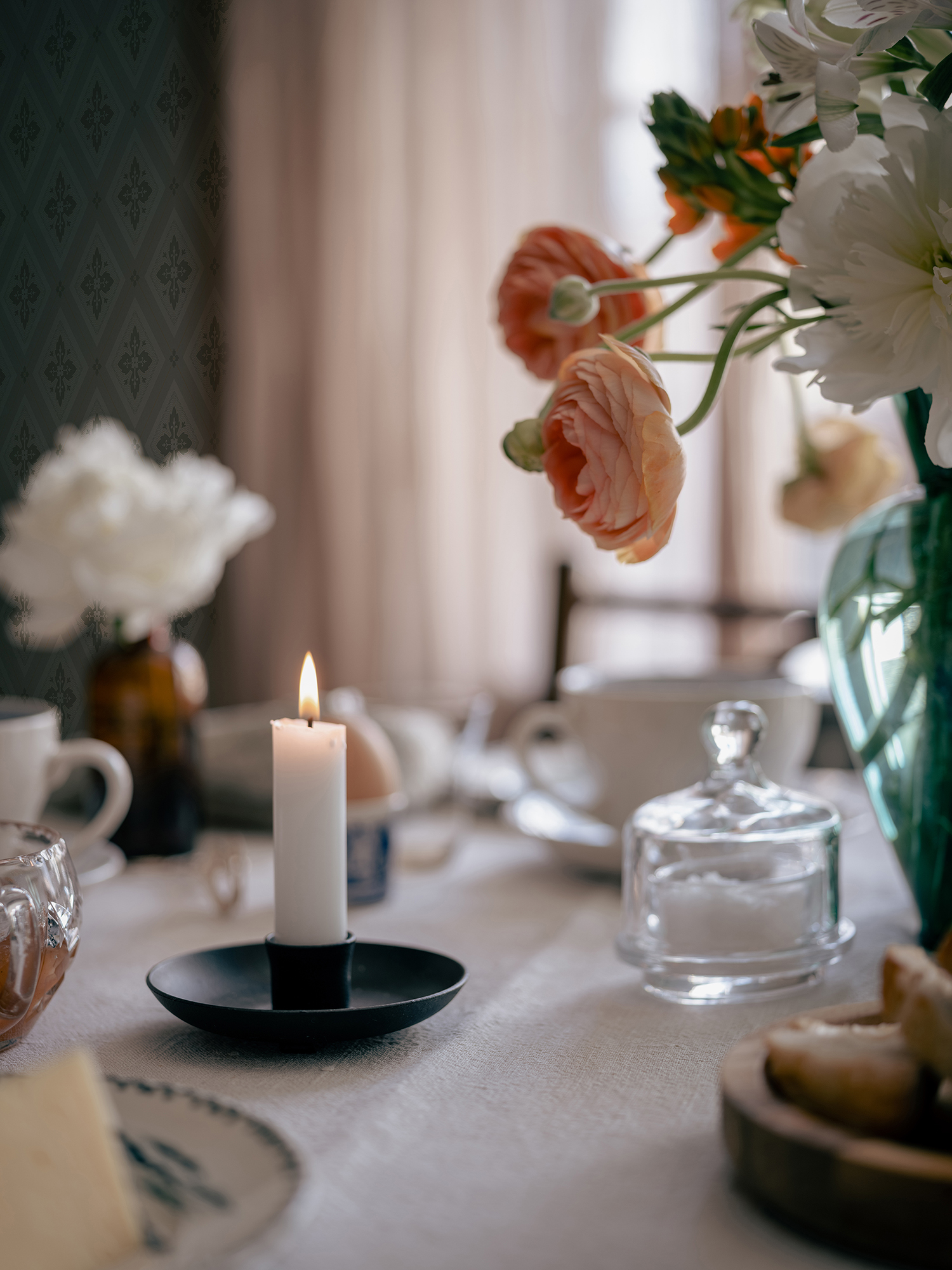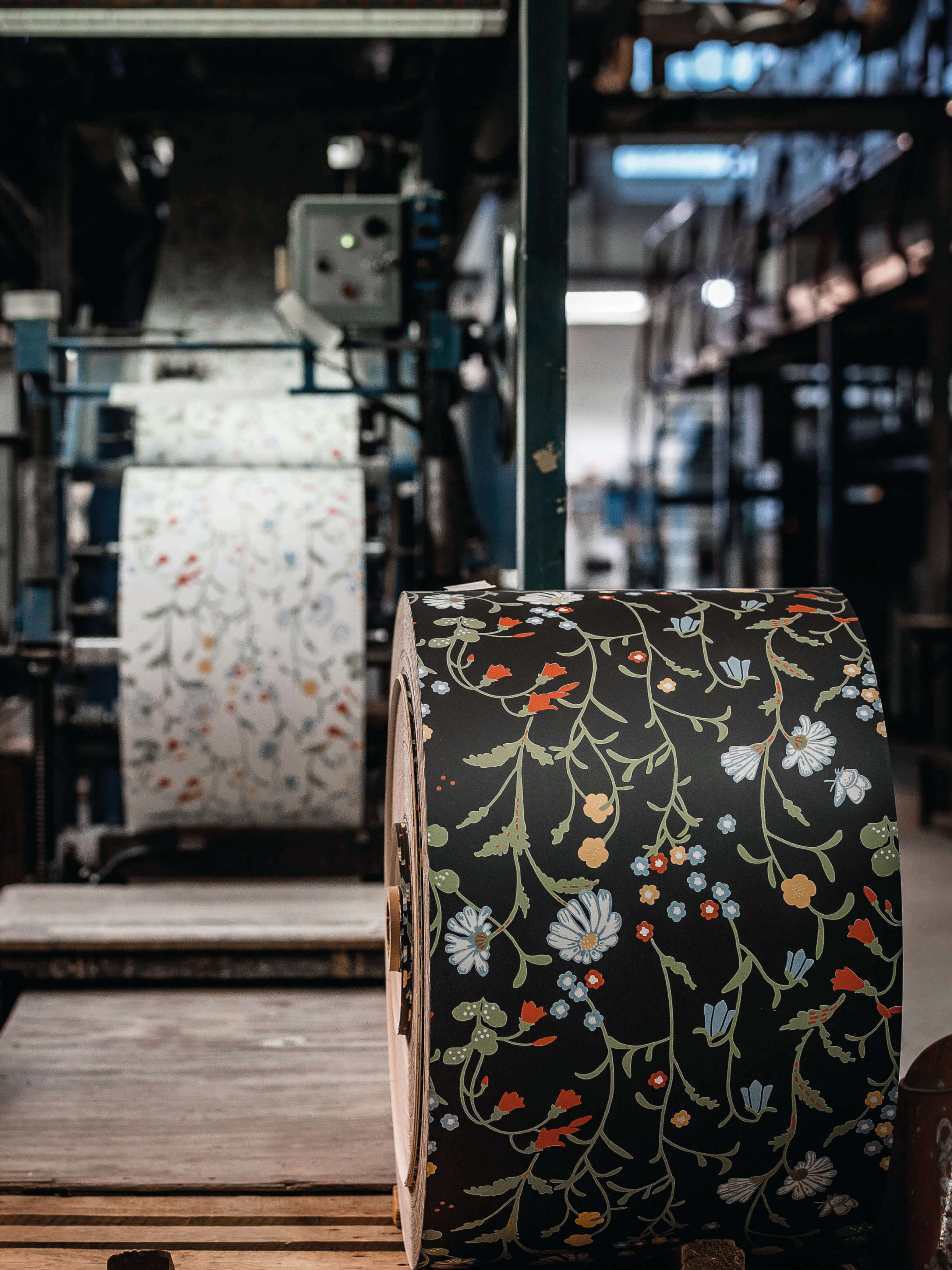FAQ
Here we have collected the most common questions and answers.
If you do not find an answer to your question, you are most welcome to contact us.


Order and delivery
Delivery of products normally takes place within three to five non-holiday weekdays from the day when the order is completed.
At the moment, we only ship within Sweden and Finland, but soon we hope to be able to offer shipping to more countries.
We have free shipping on all orders, except for EasyCover orders where shipping is 10€.
If you want to track your order, you can contact us at order@durosweden.se and we will help you with that.
Returns and complaints
You as a private customer have the right to withdraw (terminate) this agreement. The right of withdrawal is valid for 14 days. The time is calculated from the day when you have received the products. For the right of withdrawal to apply, the products covered by the order must be returned in an unchanged condition. This means that you may not use the products to a greater extent than is required to be able to examine them.
No, wallpaper samples cannot be returned. The cost of SEK 25 per sample is an administrative fee and not payment for the product itself.
If you as a customer should not collect your order in the manner agreed, Duro will charge a recovery fee of €50 including VAT. The fee is necessary to cover the shipping and handling costs that arise.
Wallpapers
We offer a wide range of both QuickUp and Classic Paper. Our range includes different styles, patterns and colors to suit different tastes and interior styles.
Our Classic Papers are made from 100% paper. Paper wallpapers swell when you glue them and shrink when they dry. Each sheet therefore needs to lie and swell for at least 10 minutes before installation and that they are then installed with a 2-3 mm overlap.
Our QuickUp wallpapers are a mixture of cellulose (paper) and synthetic fiber. This makes the wallpaper slightly thicker than our Classic paper wallpapers. With QuickUp, the wallpaper glue is applied directly to the wall
It depends on whether you choose a QuickUp or the paper wallpaper. For our QuickUp wallpapers, we recommend you use a non-woven adhesive. For the paper wallpapers, you need to use a glue intended for paper wallpapers. There is always a recommended glue type on the roll's packaging. If you are unsure, the staff in your store will be happy to help you find the right one.
Pattern fitting explains how the wallpaper layers fit together to make the pattern look right. Which pattern fit applies to your wallpaper is shown on the label on the roll, and under the product on our website.
On our wallpapers you will find a bunch of symbols. But what do they really mean? Here you will find a list of the meanings of the symbols.
Our wallpaper rolls are 53 cm wide and 10 m long. At a ceiling height of 2.40 m, you get about 4 strips per roll and about 3 strips if the wallpaper needs to be pattern-matched (a strip is the piece of wallpaper from floor to ceiling and as wide as the roll).
Each roll of wallpaper is provided with a batch number on the label, indicating its color bath and printing information. It is important that all wallpaper rolls used for wallpapering have the same batch number. This ensures uniformity in color tone and pattern fit, as differences may occur between different printings.
Light fastness indicates the wallpaper's ability to resist visible change when exposed to light for a long time.
Our wallpapers are surface printed using traditional methods. We only use authentic wallpaper paper, and we produce our own inks using the highest quality natural pigments. Our printing techniques and our inks ensure an exclusive feel.
The color reproduction of images varies from computer to computer, so we cannot guarantee that the actual color will be the same as you see on the computer. If you are unsure, we offer the option of ordering samples of all our wallpapers.
We are aware that many people want NCS codes for our wallpapers in order to match them with other surfaces, such as joinery. That's why we've recently partnered with NCS to provide the closest NCS code for every wallpaper in our two latest collections, Watercolor and Small Pattern. Our goal is to continue to include NCS specifications in all future collections.
All of Duro's wallpapers are fire tested and classified according to the current European standard, EN 13501-1:2002. The results show that all wallpapers have properties that give them the best class possible for combustible materials such as wallpaper.
This means that Duros non-woven wallpaper can be used in escape routes, public meeting rooms, etc. on substrates that have the lowest class A2-s1, d0 (gypsum).
EasyCover
It depends on the substrate. EasyCover provides smooth surfaces on uneven surfaces and EasyCover Select is suitable for surfaces with minor irregularities.
One roll of EasyCover covers a full 10 square meters. Consumption 4 whole sheets/roll at normal ceiling height (2.5 m).
One roll of EasyCover Select covers 6 square meters. Consumption 4 whole sheets/roll at normal ceiling height (2.5 m).
Adhesive recommendations:
EasyCover Select: Non-woven adhesive or fabric adhesive
EasyCover: Fabric Adhesive
For more demanding substrates, we recommend using wet room glue.

